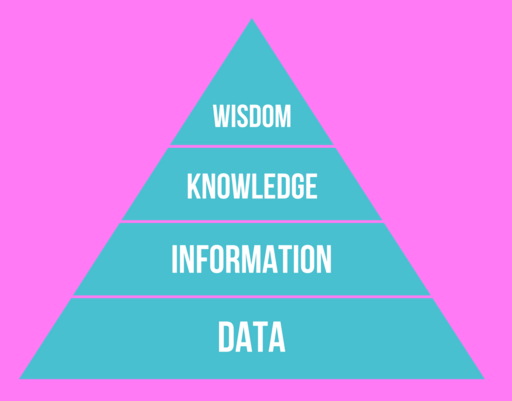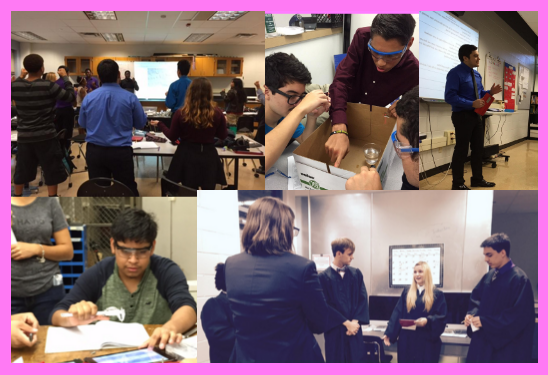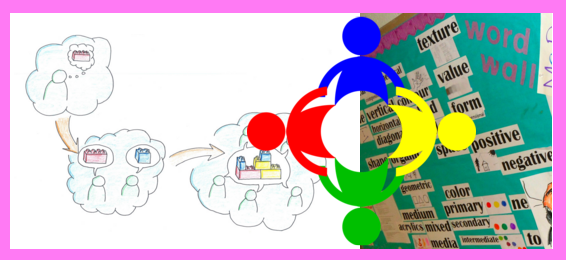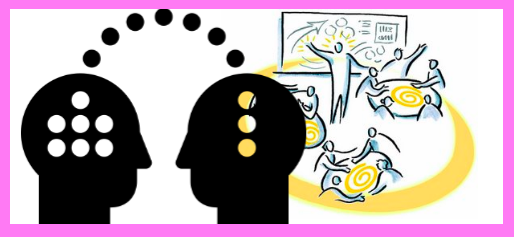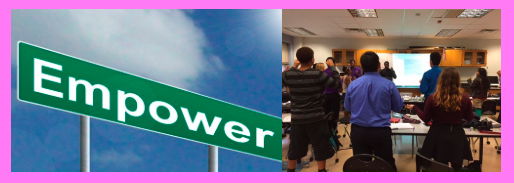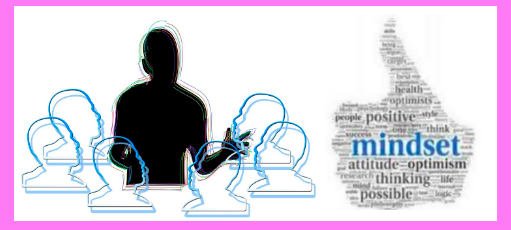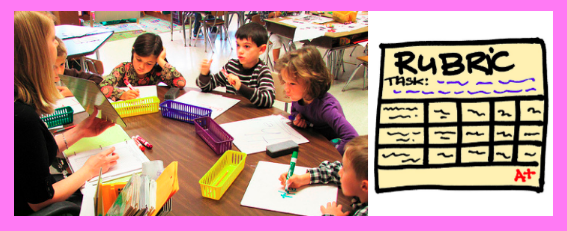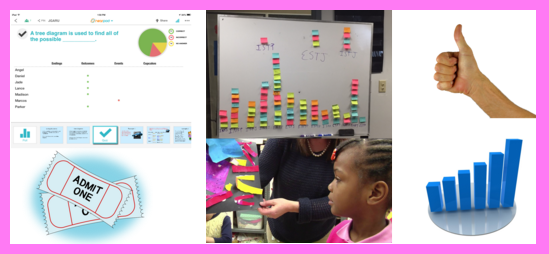Chapter 2 in Berger, Ron, Leah Rugen, and Libby Woodfin. Leaders of Their Own Learning: Transforming School through Student-engaged Assessment. Print.
Checks for Understanding Techniques:
- oral, written, and visual techniques, implemented in variety or groupings (individually, in teams), that teachers and students use to assess content
Benefits of Checks for Understanding:
- Students monitor their own progress
- Students support reasoning with evidence
- Students become more independent learners
- Students build growth mindset
- Students break large goals into smaller ones
- Students evaluate progress while learning
- Students build metacognitive understanding of their learning process and academic mindsets
- Teachers learn if their scaffolding is working
Checks for Understanding: Strategies
- Requires culture of trust – see section below
- Model and practice techniques with students
- Discuss purpose of techniques with students
- Discuss importance of honest self assessment
- Embed in rich tasks aligned to meaningful learning targets
- Structure such that. ALL students participate
- Structure such that ALL students support ideas with evidence
- Develop good questions that simulate and assess powerful thinking
- Assign and quickly assess using “write to learn” tasks
- Use varied discussion protocols
- Select strategies that match depth of thinking
- Use Quick Checks strategies
- Strategically listen to students working in small groups and track evidence of progress towards content and character learning targets using checklists
- Use checklists to track which students were supported, are struggling, etc
- Use cold call strategies – like using popsicle sticks on randomly call on students to respond to a prompt
- Use warm call strategies – use popsicle sticks to randomly call on students who will get time to review notes and then respond to a prompt
- No opt out – all students given opportunity to either get prompt correct on first call or paraphrase a previously given response on second call
- Give students appropriate thinking time to respond to questions
- Cue, Clue, Probe, Rephrase
- Cue – use pics, words, etc to help with recall
- Clue – use overt reminders
- Probe – look for reasoning to clarify a correct response or unpack an incorrect response
- Rephrase – pose response in different words
- Close lessons with Debriefs –
- Students synthesize and reflect on lesson
- Student gather evidence of their learning
- Use exit tickets to modify next day’s lesson
- Catch-release – gather students for instruction. release to practice
- Release-catch – let students explore material and make initial meaning of material, then gather for instruction
Building a Culture of Trust & Collaboration:
- Treat students as partners in learning process – let them co-create learning targets and norms
- Be transparent about learning goals and their rationale
- Get to know students
- Differentiate instruction for individuals
- Create norms that promote perseverance and backing up conclusions with evidence
- Create climate of courtesy and respect, not compliance and control
 See benefits listed above.
See benefits listed above.
Frequently using checks for understanding can help students learn how they are progressing towards learning targets. Using a variety of checks for understanding strategies can keep feedback and reflections fresh and can encourage active participation of ALL students. A culture of trust can help students be honest about their progress and help them to actively seek out help as needed.

Preparation Steps
- Research and gather assessment strategies that go well with different types of learning targets (knowledge, skill, reasoning, character)
- Design activities that build a culture of trust in classroom
- Develop checklists that help teachers observe students for key evidence of understanding
- Build a culture of trust early in the year
Early implementation Steps
- Model how to use checks for understanding and the importance of using strategy correctly
- Students use strategies to communicate what they know and need-to-know
- Modifies lesson pacing in response to checks for understanding
- Structures lessons and assessments so that all students actively participate
- Runs debrief and exit ticket activities with students to check what they learned that day and uses that info to plan for tomorrow
Advanced Implementation Steps
- Uses checklists to track observations of students during work time; uses patterns to improve instruction
- Designs and uses checklists to track progress towards character learning targets


